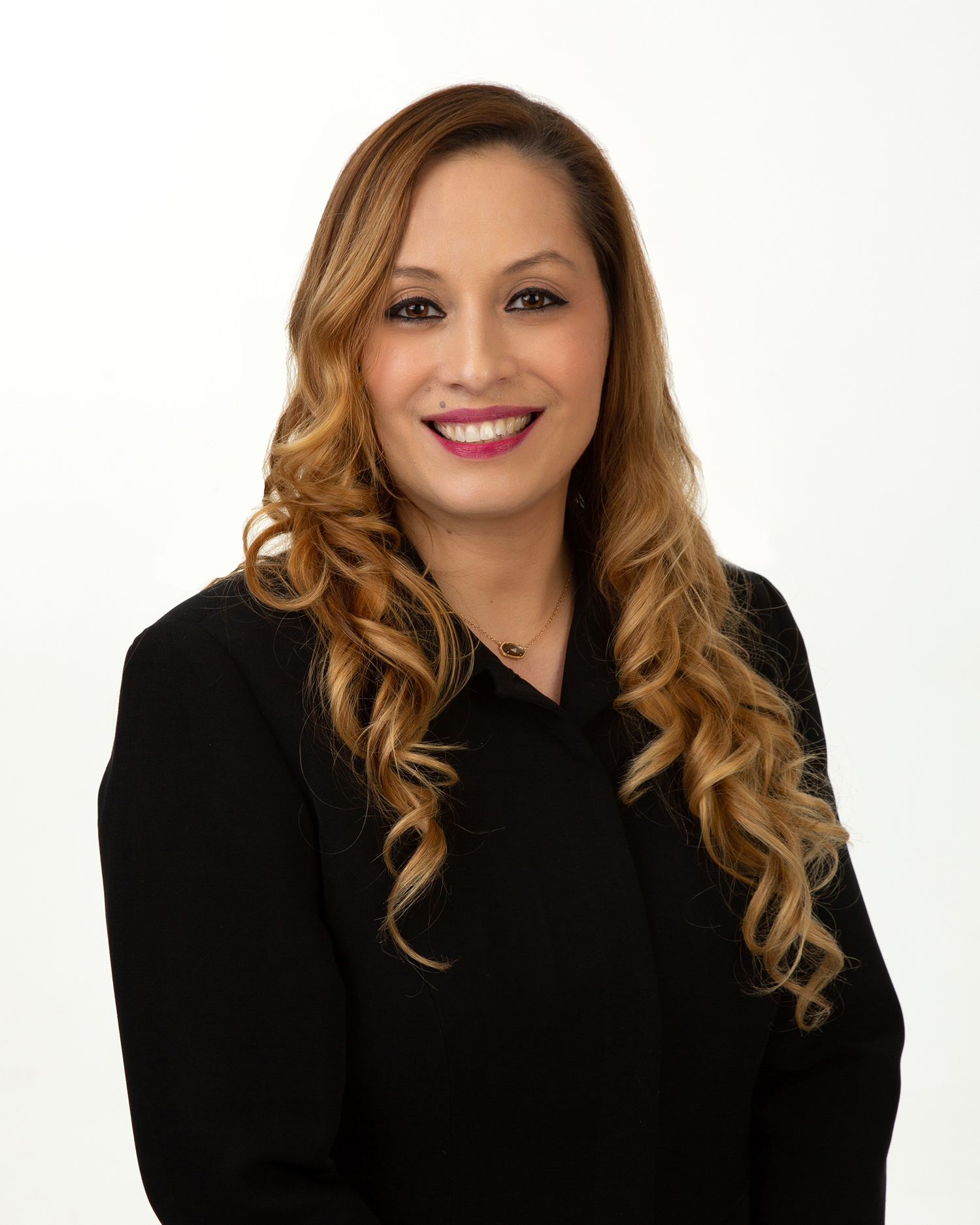Do I Really Need an Emergency Fund?

Contents
How do you feel when you’re about to get out of your car, it starts pouring rain, and you realize you don’t have an umbrella?
If you’re like most of us, you’ll think, Shoot, why don’t I ever have an umbrella with me?
Not having an emergency fund can be the same with our finances.
What is an emergency fund?
Simply stated, an emergency fund is money that you have set aside specifically in the event of an unplanned expense such as a loss of employment, home or car repairs, or an illness. Many financial experts recommend building up an emergency fund of 3-6 months of average expenses.
There are lots of reasons why you might not have one – it’s overwhelming to think about putting so much money aside, you have too many bills, you already contribute to a 401K, you’d rather buy a new car - all good excuses but not fiscally smart.
An emergency fund will save you money
What happens when your car dies, the mechanic says it’s going to cost $6,000 to repair and you only have $3,000 in the bank?
You have to either borrow from a friend or family member, which adds to the stress of the situation, or you are forced to put it on a credit card, meaning you’ll be paying 15 to 25 percent interest monthly and it may take months or even years to pay off.
Having cash on hand in an emergency savings account means in case of a situation like this, you can tap into it, and then move on and focus on building your fund back up.
An emergency fund will provide peace of mind
A 2023 study by Ramsey Solutions revealed 54 percent of Americans worry daily about their financial situation and roughly 1 in 3 Americans have no savings at all.
You can’t prevent bad things from happening, but you can give yourself the comfort of knowing that when they do, you’ll have it covered when an unexpected expense arises. Learning to be financially responsible will be a life-long gift to yourself.
How can I create an emergency fund when I can barely pay my bills?
It’s not easy or everyone would already have one. But there are millions of people who do, so it is possible, no matter what your income.
Getting started is easy and can be done in two easy steps!
Step one:
Open a savings account specifically for your emergency fund.
At Crews Bank & Trust, you can open a savings account online or stop into your favorite branch and a personal banker would be happy to help you.
Step two:
Set up automatic transfers.
- If your employer offers multiple deposits for your check, have a small portion of your paycheck automatically deposited into the emergency savings account every pay period.
- If not, set up automatic transfers from your main bank account into your emergency savings account the day after your pay is deposited.
At Crews Bank & Trust, you can do this right from your phone, online or in any branch.
Tips for Success
- Start small to get yourself into the habit of consistently putting a little money aside.
- Automatic savings takes the pressure off! It’s too easy to forget or decide not to do it one week so let your employer or bank do the work for you.
- Start off with a small goal so you don’t feel defeated. Aim to get $1,000 saved and once you’ve done that, aim for the next $1,000. Baby steps will get you there eventually, and help you learn how to live without that money you’re saving.
- When you get an increase in your salary, increase your emergency fund savings. If you are lucky enough to get a bonus, birthday money or a tax refund, give your emergency savings a little bonus, too.
- Make it a challenging to access these funds. If you bank offers a debit card or checks for the account, put them somewhere safe, such as in a strong box, and not in your wallet, to prevent the temptation to use them.
- Don’t get discouraged! Know ahead of time that if you put $10 a week into a savings account, it will only add up to $520 in the first year, unless you add additional funds, so it will take almost 2 years to reach your first $1,000.
- Once the dollars start adding up, you’ll see it isn’t as hard to live without that $10 every week as you thought, and you may even want to increase the amount over time to see the pot grow faster.
- Live within your means. Decide what you are willing give up in order to save that extra money every week. Does this mean making coffee at home instead of driving through Starbucks every day? By consciously making this choice, you’ll know where the money is coming from.
- Use a debit card instead of a credit card. It’s much easier to keep track of your spending if it’s coming out of your checking account immediately and will prevent you from incurring more debt, which may cause you to dip into your emergency fund.
Reward yourself
Once you’ve reached your first goal, give yourself a small reward for the effort you’ve put into this. Drive through Starbucks and have that latte that you’ve forgone for so long. It will taste even sweeter because it was hard earned. Then, start working towards your next small goal.
The feeling of security of knowing that if your car breaks down that you can manage it without out using a credit card or borrowing will be worth it!
About the Author

Elizabeth Hernandez, Senior Vice President, Director of Retail & Business Banking
Elizabeth joined the Bank in 2003 and steadily climbed the ladder to her current position as the Director of Retail and Business Banking. She is responsible for setting the operational strategy to support the growth and services for the retail side of the Bank. Elizabeth works closely with the retail teams as well as with other lines of business within the organization to develop its retail training program.

